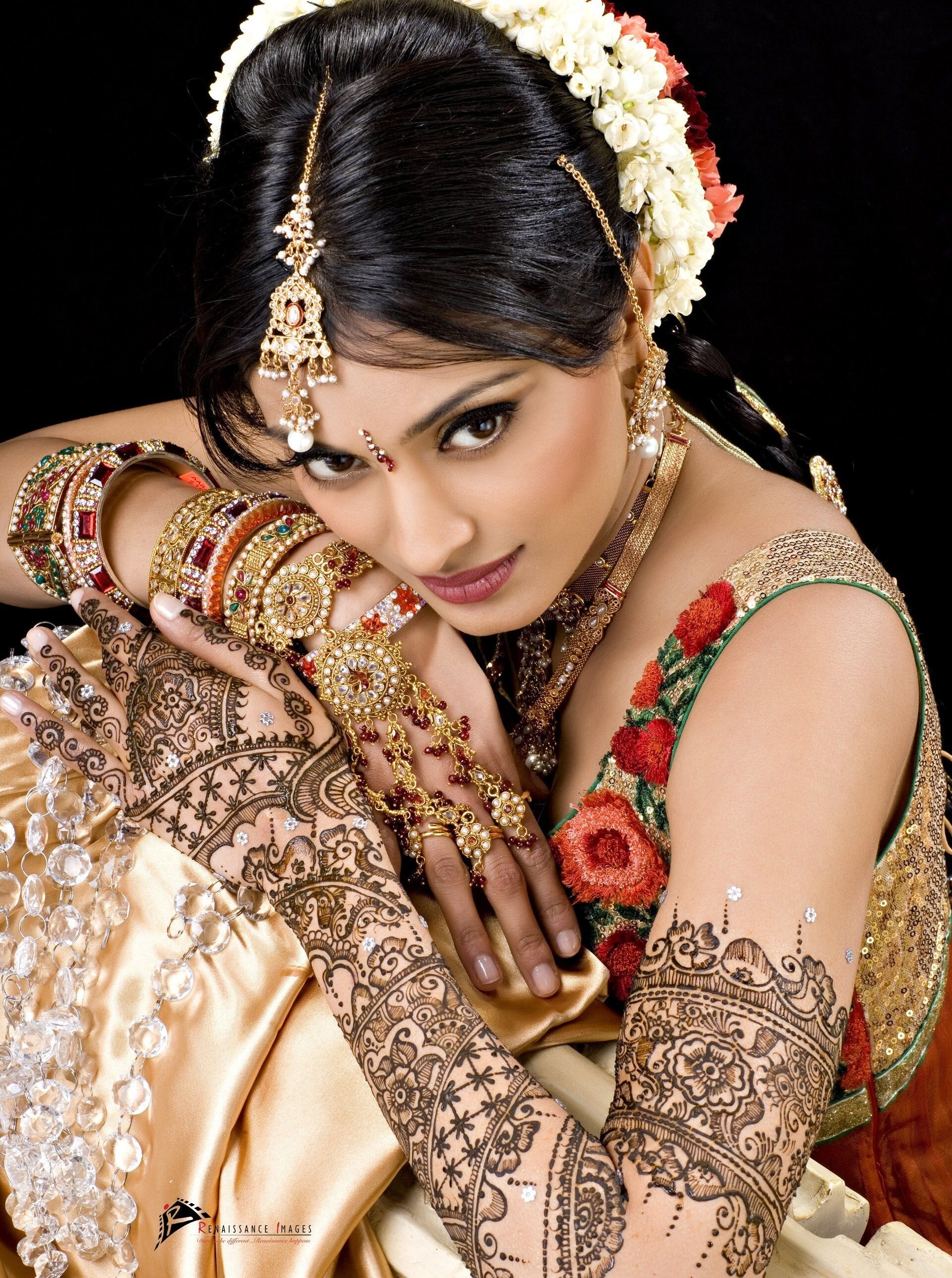All About Henna
Henna comes from the plant lawsonia inermis. The leaves are harvested, dried, and ground into a fine powder that's made into a paste and has been used as a natural dye throughout history in many cultures. It can be used to dye hair, skin and even fingernails.
The paste is made with the henna powder and different liquids typically consisting of tea water, essential oils, and lemon juice - though it depends from artist to artist how it’s been made.
Fun Fact: Another common name for henna is mehndi.
The Cultural Significance
Henna has been used for many generations and cultures around the world. Some areas include parts of South Asia, North Africa, and the Middle East. Henna has been used in many traditional celebrations associated with childbirth, rites of passage, religious celebrations, as well as spiritual offerings and blessings for victory, beauty, luck, joy. Now, it’s most commonly used in weddings, marking a bride’s rite of passage.
Henna also comes with many stories and folktales. In parts of India, it’s said that the deeper the colour of a bride’s henna stain, the more her husband will love her. Whenever we apply bridal henna, we hide the groom’s name in the design as a fun little game.
The Application
Henna (designs) are traditionally applied on the hands/arms and feet/legs for special occasions such as weddings. Though, any part of the body works depending on your preference. We’ve done beautiful designs on pregnant momma bellies and gorgeous back designs as well.
We apply the henna designs with a cone onto the skin. This process is entirely painless and can actually be soothing to some. It’s important to not move around as the designs are very intricate.
A small-medium design will dry in about 30 minutes. After a few hours you can take the henna off (it will be quite crumbly/in little pieces). The henna will temporarily stain your skin and will typically last 1-2 weeks.
The time it takes to apply henna will largely depend on the intricacy and size of the design, as well as the artist. A simple design extending from the wrist up one finger takes about 5 minutes. The larger and more intricate the design gets, the longer it may take. Standard designs take 15-30 minutes. Full bridal henna can take anywhere from 2 to 6 hours.
The Difference Between Henna, Black ‘Henna’, White ‘Henna’, Jagua
As mentioned before, henna is natural, made from a plant, and safe to use on skin. Natural henna will stain orange, red, and deep brown.
Black henna is not safe and we do not encourage the use of it. It’s a paste made by mixing a little bit of henna, and a lot of dangerous chemicals that can cause lead poisoning, painful sores, and permanent scarring.
There is no such thing as white henna. The pictures you may have seen are typically lotion or white body paint that only stay on the top layer of the skin. Thankfully, there are safe body art products that can be used to replicate the look of henna designs.
Jagua is a safe and natural dye used in many cultures as well. The consistency, application, and aftercare, and stain are very different from henna and beautiful in it’s own way. The jagua paste is similar to a jelly consistency, and slowly flattens on the skin as it dries. When taking it off, you can simply peel it and the initial stain may not look like anything. It takes 24-48 hours for the design to show up and will turn dark blue/black in hue and may replicate the look of a permanent tattoo.
What We Use
Our henna paste mix consists of the henna powder, masala chai water, lemon juice concentrate, and eucalyptus essential oils. If you have any allergy specifications, we can alter the paste to your needs.
The Henna Stain
The color of your henna stain depends on several factors from the quality of the henna, where on the body it was placed, your body’s chemistry with the henna, and of course the aftercare! Henna stains will typically last 1-2 weeks. It can be longer or shorter depending on the factors mentioned.
If you want to make the stain last longer, please follow the proper after care we suggest. Additionally, you want to use less soaps and exfoliants where your henna design is. Henna design will slowly fade away.
To make the stain fade faster, you can try soaking the area in water, and washing, scrubbing, or exfoliating your skin. In addition, chlorine from pools can also speed up the fading process.
